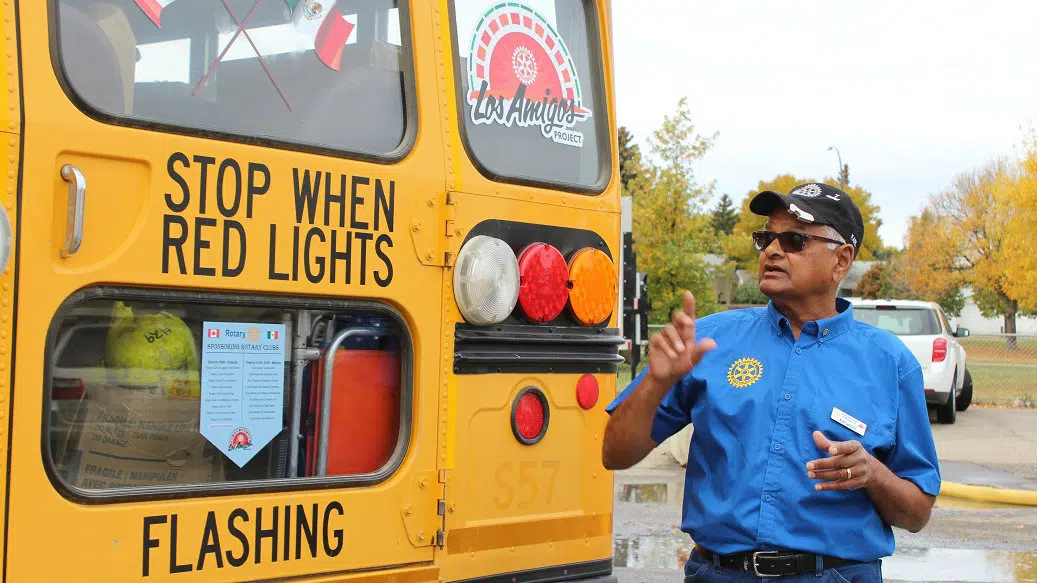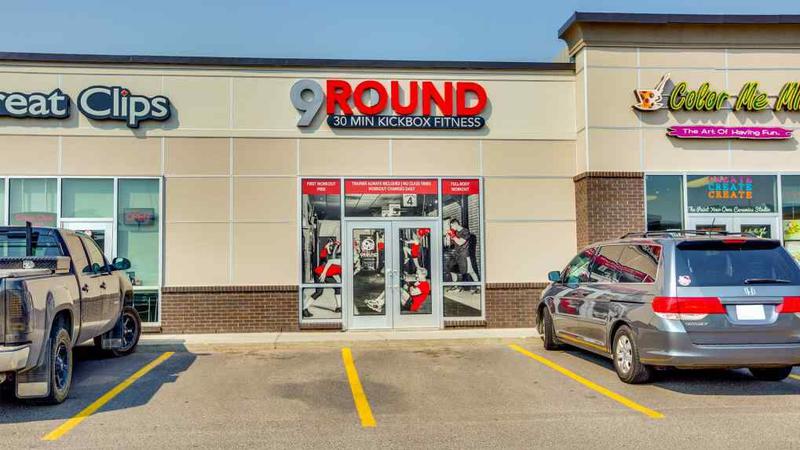
Buses, ambulances, a fire truck and some musical instruments heading to Mexico for the Los Amigos Project
LETHBRIDGE – When a vehicle gets decommissioned, it loses any value in its country of origin, but that doesn’t mean it doesn’t have value elsewhere.
The Los Amigos project, organized by the Rotary Club of Lethbridge Sunrise, has coordinated the donation of decommissioned Canadian vehicles that are now in regular use for medical, emergency, firefighting or transportation in Mexican communities for years.
Carl Samuels, the project’s coordinator, says this wouldn’t be possible without the sponsorship of several different clubs, businesses, towns and cities.
“The City of Lethbridge donated a school bus, a handi-bus and two ambulances. One ambulance was donated by the Town of Pincher Creek and the fire truck by the Rocky View Municipal District near Airdrie.”


